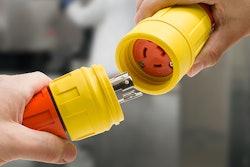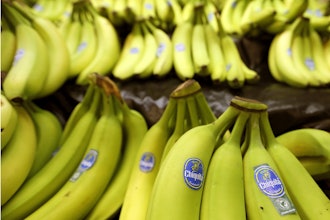Last year, drought conditions in Cape Town, South Africa got so severe that the city began restricting each household to 13 gallons of water per person, per day for washing and drinking. This is about one-quarter of the average American’s daily consumption.
Thankfully, the rations and some much-needed rain helped to improve the situation, but only slightly – restrictions were raised to 18 gallons per person per day.
Enter Nicholas Sloane. The 56-year-old marine salvage expert is one of those guys who actually may have seen it all. A Bloomberg report describes his adventures as ranging from fighting off pirates trying to fleece a sinking ship to camping out on an island for three months to wash oil and chemicals off of penguins.
Lately, the Cape Town resident is more focused on issues at home, which he hopes to address via the Southern Ice Project. Very simply, Sloane wants to use satellite imaging, two supertankers and a $25 million lasso to locate and tow a 125-million- ton iceberg 1,600 miles from Antarctica to Cape Town.
The first portion of the mission would involve locating the ideal iceberg, which would measure more than a half-mile long, one--third of a mile wide, and 820 feet deep. Grabbing this perfect specimen would require a net measuring two mile wide and 60 feet high made of naturally buoyant materials that are resistant to arctic temperatures, and durable enough to survive a 90-day trip through seas and winds that can top 80 mph.
Sloane anticipates losing about eight percent of the iceberg during the trip – if it doesn’t break up and float away in the process. If and when the berg reaches the coast of Cape Town, an 800-ton tarp would need to be fitted around and under its base to protect against saltwater erosion. Machines would then harvest from the iceberg and feed water and ice into the municipal water system.
If all of this comes together, at a total estimated cost of about $200 million – the iceberg could supply an estimated one-fifth of the city’s annual water needs.
It sounds farfetched but Bloomberg reports that Sloane has secured funding from two South African banks and Water Vision AG, a Swiss technology company. Sloane has also contributed more than $100,000 of his own money.
Apparently, the only thing Sloane and his team are waiting on is an agreement with South Africa to buy the iceberg-based water. Once these terms are in place, Sloane is ready to set sale as early as November.






















